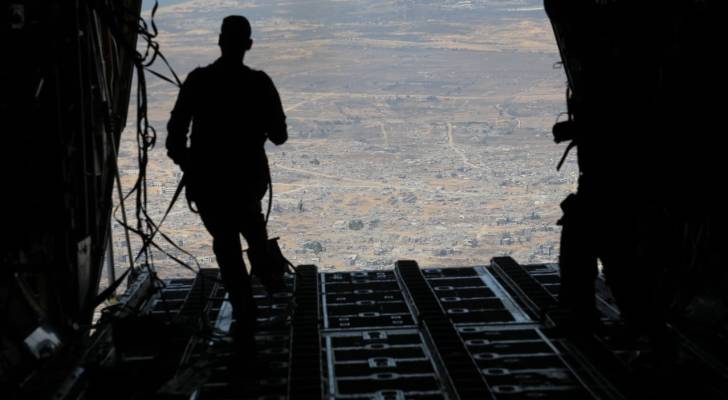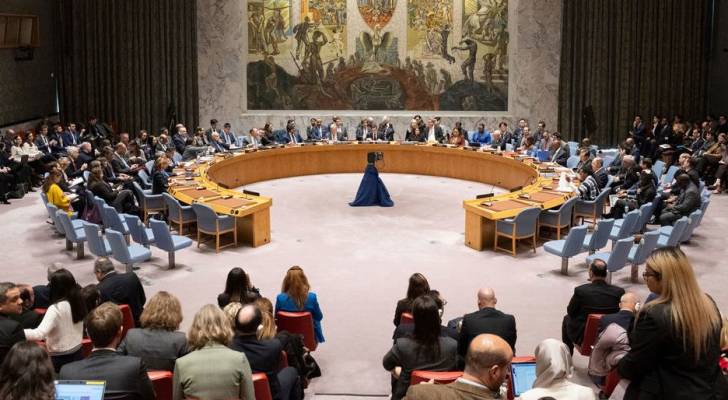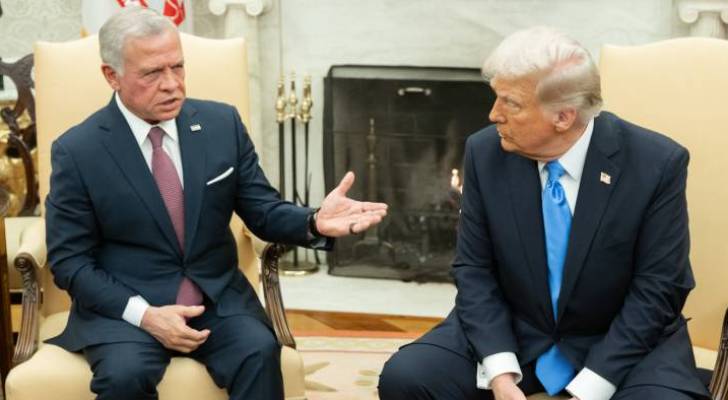Trump’s regional doctrine: Closing fronts to claim peace - By Amer Al Sabaileh, The Jordan Times
One of the clearest policies shaping current American policy in the Middle East is the pursuit of “closing open fronts”, but strictly in line with Washington’s own vision. The Gaza ceasefire deal, which President Trump is determined to secure, is central to this agenda and is expected to be marketed as one of his major achievements—cementing his image as a “maker of peace.” Yet, this comes without presenting any genuine or practical solution to the core issue of Hamas’s presence and arms in Gaza.
This American vision is not limited to Gaza. It extends directly to Lebanon, where U.S. involvement in the Hezbollah arms issue has become increasingly explicit. Washington seems poised to apply maximum pressure in the coming period to bring this issue to a close. This moment may be seen as a “last chance window,” especially following strikes against Iran and major changes in Syria, which have led to Hezbollah’s relative isolation—creating an environment where direct targeting becomes increasingly feasible under a policy of “isolation and confrontation.”
On the Syrian front, the decision by President Trump to ease sanctions on Damascus has fuelled renewed talk about expanding the Abraham Accords and the potential inclusion of Syria. This is in line with the current administration’s objectives, as Trump sees himself as the architect and mastermind of these accords—claiming sole credit for their success and now their revival. The strategy of lowering tensions and cultivating a more positive regional climate is aimed at enabling the American-backed Abraham Accords to serve as the most viable pathway to end regional crises.
However, Syria’s internal landscape remains highly volatile. The growing risk of armed clashes between factions, the resurgence of terrorist threats, the emergence of new extremist groups, and evolving alliances between existing ones all raise the likelihood of terrorist attacks targeting civilian and religious sites. This scenario poses a serious security challenge for the Syrian government. On another level, it may offer Damascus an opportunity to engage with the international coalition to combat terrorism on Syrian soil—a potential explanation for U.S. Secretary of State Marco Rubio’s remarks following a call with his Syrian counterpart, where he indicated that Washington may reconsider the classification of certain terrorist groups operating in Syria.
As for Iran, the crisis has now fully moved into Iranian territory. International pressure on Tehran continues to mount, especially after its decision to suspend cooperation with the International Atomic Energy Agency (IAEA). Yet, U.S. pressure goes well beyond Iran’s nuclear and ballistic capabilities. It targets Iran’s regional behavior—its support for armed groups and militias, and its hostility toward Israel. Concurrently, U.S. rhetoric is escalating regarding a possible return to military confrontation, particularly with the announcement of potential American support for Israel with bunker-busting munitions, a message delivered just ahead of Netanyahu’s upcoming visit to the White House.
President Trump remains fixated on shaping his image as a man of peace. Winning the Nobel Peace Prize appears to be a driving obsession behind his policies. Even the use of threats of force is being positioned as part of his broader “peace through strength” doctrine. Despite the favorable conditions enabling this American vision to be imposed on various players, many issues remain unresolved, and none of the fronts have reached a definitive conclusion. This keeps the door open for potential escalation and makes it almost inevitable that repercussions of this American approach will unfold across all the open fronts—from Gaza to the West Bank, Lebanon, Syria, Iraq, Yemen, and Iran itself.
Nonetheless, the growing impression that Trump is capable of forcing solutions and ending conflicts is once again placing the Abraham Accords and their potential expansion at the center of discussions. This could serve as the launchpad for redefining the regional order in accordance with the American administration’s evolving strategy.
Latest News
-
 Jordan carries out two more Gaza aid airdrops, with UAE participation
Jordan carries out two more Gaza aid airdrops, with UAE participation
-
 Trump: I spoke with Netanyahu, working on plans for Gaza
Trump: I spoke with Netanyahu, working on plans for Gaza
-
 Two-state solution back in focus at UN peace summit
Two-state solution back in focus at UN peace summit
-
 Jordan to continue Gaza aid efforts, rejects skepticism: spokesman
Jordan to continue Gaza aid efforts, rejects skepticism: spokesman
-
 King, in call with Trump, discusses regional developments
King, in call with Trump, discusses regional developments